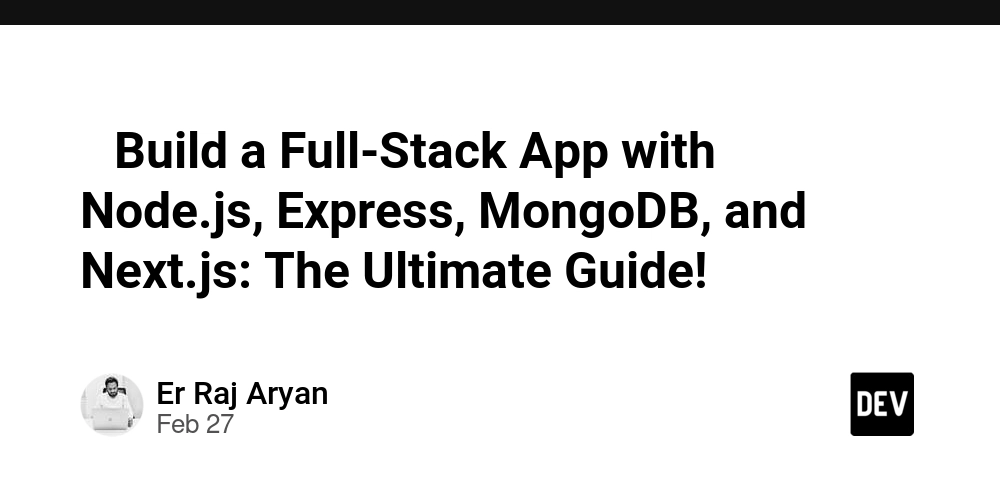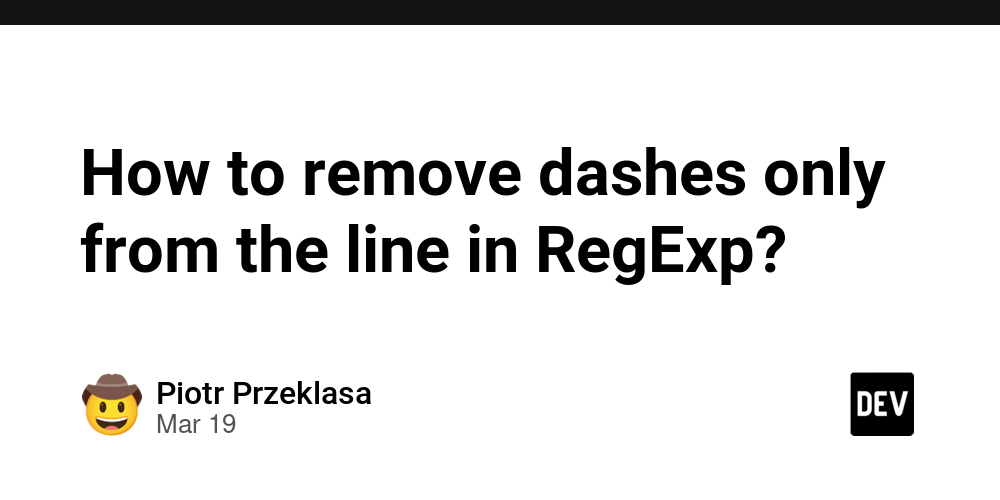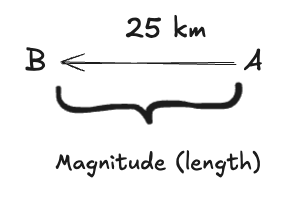Godfingering vs. Dogfooding: A Tale of Two Dev Cultures
"Works in Postman" is not a badge of honor. There are two kinds of engineering cultures: those who dogfood, and those who godfinger. Dogfooding teams live in the product. They click it, feel it, get annoyed by it, and fix it. A dev might use the staging app to log in as a new user, spot a broken tooltip on the dashboard, and patch it before anyone files a ticket. Like when a dev clicks through the onboarding flow and realizes a modal is broken — and fixes it before it ever hits QA. Godfingering teams? They hover above the product, touching code but never the experience — assuming that functional code equals a functional product. It doesn’t. The Godfingering Engineer They: Ship backend endpoints without knowing what screen calls them. Say things like "That's not my job" when asked about UX. Haven't installed the mobile app they supposedly support. Get defensive when a bug pops up in production because "technically it's working." Godfingering is arrogance disguised as abstraction — the kind that treats architecture as sacred even when it’s disconnected from reality. It turns abstraction into a crutch, allowing engineers to avoid confronting the actual product experience. But when you never feel the friction firsthand, you start designing for the system, not the user. It’s the belief that good code in isolation is good enough — that you can architect a beautiful engine without ever driving the car. But abstraction without context leads to fragility. The Risk of Godfingering Invisible Bugs: You can't test what you don't touch. UX Blindness: Friction builds up when no one feels it. Lost Context: Features are implemented out of sync with the real flow. Slow Triage: Debugging becomes a guessing game. No Ownership: Engineers ship tickets, not outcomes. What is Dogfooding (Really)? Dogfooding means using your product like a user — regularly, meaningfully, and critically. Unlike testing or QA, which focus on correctness, edge cases, and formal validation, dogfooding is about experiencing the product the way a real user would. It's about flow, friction, and feeling — not just passing tests. It’s not QA. It’s not testing. It’s empathy in action. Unlike QA, dogfooding is informal, curious, and focused on experience, not just correctness. Dogfooding engineers: Know how the app works end-to-end. Notice rough edges and fix them proactively. Validate their features through actual interaction. Contribute to product thinking, not just code. The ROI of Dogfooding Early Bug Catching: You find what unit tests miss. Better Debugging: You understand how to trigger bugs. Smarter Feature Work: Code is built in context, not in a vacuum. Higher Quality: Products feel polished, because they are. Stronger Culture: Everyone shares responsibility for the user experience. Why Dogfooding Doesn’t Happen (Excuses) "I’m a backend engineer." — And that exempts you from caring about users? "I don’t have time." — You’ll spend more time fixing bugs later. "That’s QA’s job." — No. It’s everyone’s job. How to Build a Dogfooding Culture Bake it into 'definition of done' Have engineers demo their own features Reward bug reports from internal usage Make staging usable, fast, and stable Encourage feedback from devs as users Make app usage visible (leaderboards, logs, etc.) — just don’t let this become surveillance. Celebrate engagement, not police it. Red Flags You're Godfingering Engineers don’t know how to trigger what they just built. Features ship with broken flows. Support discovers bugs before engineering does. Devs say "that’s not my problem." Bottom Line If your engineers aren’t using the product, they’re gambling with quality. Dogfooding teams build trust. Godfingering teams build tech debt. Dogfood or die. Start today: open your own app, use a feature you didn't build, and report or fix one thing that sucks. Then do it again tomorrow. And if you're serious? Start small. Pick a feature. Use it. Feel it. Break it. Fix it. Repeat. No one should ship what they won’t click.

"Works in Postman" is not a badge of honor.
There are two kinds of engineering cultures: those who dogfood, and those who godfinger.
Dogfooding teams live in the product. They click it, feel it, get annoyed by it, and fix it. A dev might use the staging app to log in as a new user, spot a broken tooltip on the dashboard, and patch it before anyone files a ticket. Like when a dev clicks through the onboarding flow and realizes a modal is broken — and fixes it before it ever hits QA.
Godfingering teams? They hover above the product, touching code but never the experience — assuming that functional code equals a functional product. It doesn’t.
The Godfingering Engineer
They:
- Ship backend endpoints without knowing what screen calls them.
- Say things like "That's not my job" when asked about UX.
- Haven't installed the mobile app they supposedly support.
- Get defensive when a bug pops up in production because "technically it's working."
Godfingering is arrogance disguised as abstraction — the kind that treats architecture as sacred even when it’s disconnected from reality. It turns abstraction into a crutch, allowing engineers to avoid confronting the actual product experience. But when you never feel the friction firsthand, you start designing for the system, not the user. It’s the belief that good code in isolation is good enough — that you can architect a beautiful engine without ever driving the car. But abstraction without context leads to fragility.
The Risk of Godfingering
- Invisible Bugs: You can't test what you don't touch.
- UX Blindness: Friction builds up when no one feels it.
- Lost Context: Features are implemented out of sync with the real flow.
- Slow Triage: Debugging becomes a guessing game.
- No Ownership: Engineers ship tickets, not outcomes.
What is Dogfooding (Really)?
Dogfooding means using your product like a user — regularly, meaningfully, and critically. Unlike testing or QA, which focus on correctness, edge cases, and formal validation, dogfooding is about experiencing the product the way a real user would. It's about flow, friction, and feeling — not just passing tests. It’s not QA. It’s not testing. It’s empathy in action. Unlike QA, dogfooding is informal, curious, and focused on experience, not just correctness.
Dogfooding engineers:
- Know how the app works end-to-end.
- Notice rough edges and fix them proactively.
- Validate their features through actual interaction.
- Contribute to product thinking, not just code.
The ROI of Dogfooding
- Early Bug Catching: You find what unit tests miss.
- Better Debugging: You understand how to trigger bugs.
- Smarter Feature Work: Code is built in context, not in a vacuum.
- Higher Quality: Products feel polished, because they are.
- Stronger Culture: Everyone shares responsibility for the user experience.
Why Dogfooding Doesn’t Happen (Excuses)
- "I’m a backend engineer." — And that exempts you from caring about users?
- "I don’t have time." — You’ll spend more time fixing bugs later.
- "That’s QA’s job." — No. It’s everyone’s job.
How to Build a Dogfooding Culture
- Bake it into 'definition of done'
- Have engineers demo their own features
- Reward bug reports from internal usage
- Make staging usable, fast, and stable
- Encourage feedback from devs as users
- Make app usage visible (leaderboards, logs, etc.) — just don’t let this become surveillance. Celebrate engagement, not police it.
Red Flags You're Godfingering
- Engineers don’t know how to trigger what they just built.
- Features ship with broken flows.
- Support discovers bugs before engineering does.
- Devs say "that’s not my problem."
Bottom Line
If your engineers aren’t using the product, they’re gambling with quality.
Dogfooding teams build trust. Godfingering teams build tech debt.
Dogfood or die. Start today: open your own app, use a feature you didn't build, and report or fix one thing that sucks. Then do it again tomorrow.
And if you're serious? Start small. Pick a feature. Use it. Feel it. Break it. Fix it. Repeat.
No one should ship what they won’t click.




























![[Webinar] AI Is Already Inside Your SaaS Stack — Learn How to Prevent the Next Silent Breach](https://blogger.googleusercontent.com/img/b/R29vZ2xl/AVvXsEiOWn65wd33dg2uO99NrtKbpYLfcepwOLidQDMls0HXKlA91k6HURluRA4WXgJRAZldEe1VReMQZyyYt1PgnoAn5JPpILsWlXIzmrBSs_TBoyPwO7hZrWouBg2-O3mdeoeSGY-l9_bsZB7vbpKjTSvG93zNytjxgTaMPqo9iq9Z5pGa05CJOs9uXpwHFT4/s1600/ai-cyber.jpg?#)














































































































































![[The AI Show Episode 144]: ChatGPT’s New Memory, Shopify CEO’s Leaked “AI First” Memo, Google Cloud Next Releases, o3 and o4-mini Coming Soon & Llama 4’s Rocky Launch](https://www.marketingaiinstitute.com/hubfs/ep%20144%20cover.png)















































































































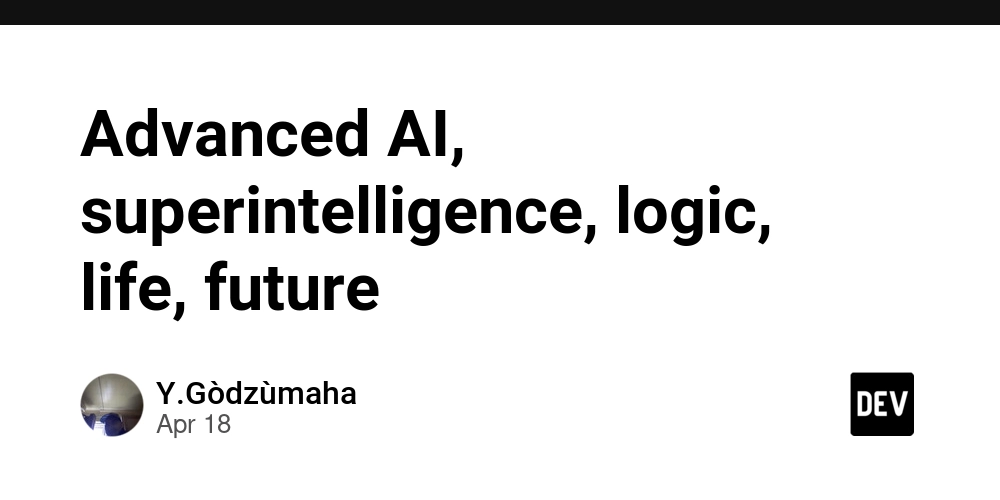
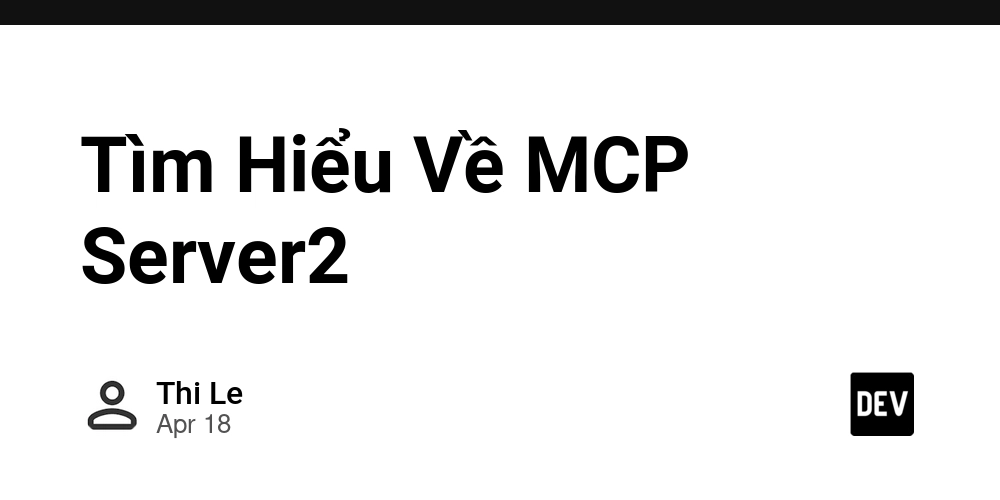



















































































![Rogue Company Elite tier list of best characters [April 2025]](https://media.pocketgamer.com/artwork/na-33136-1657102075/rogue-company-ios-android-tier-cover.jpg?#)








































































_Andreas_Prott_Alamy.jpg?width=1280&auto=webp&quality=80&disable=upscale#)






































































































![Apple Watch Series 10 Back On Sale for $299! [Lowest Price Ever]](https://www.iclarified.com/images/news/96657/96657/96657-640.jpg)
![EU Postpones Apple App Store Fines Amid Tariff Negotiations [Report]](https://www.iclarified.com/images/news/97068/97068/97068-640.jpg)
![Apple Slips to Fifth in China's Smartphone Market with 9% Decline [Report]](https://www.iclarified.com/images/news/97065/97065/97065-640.jpg)
































































































































